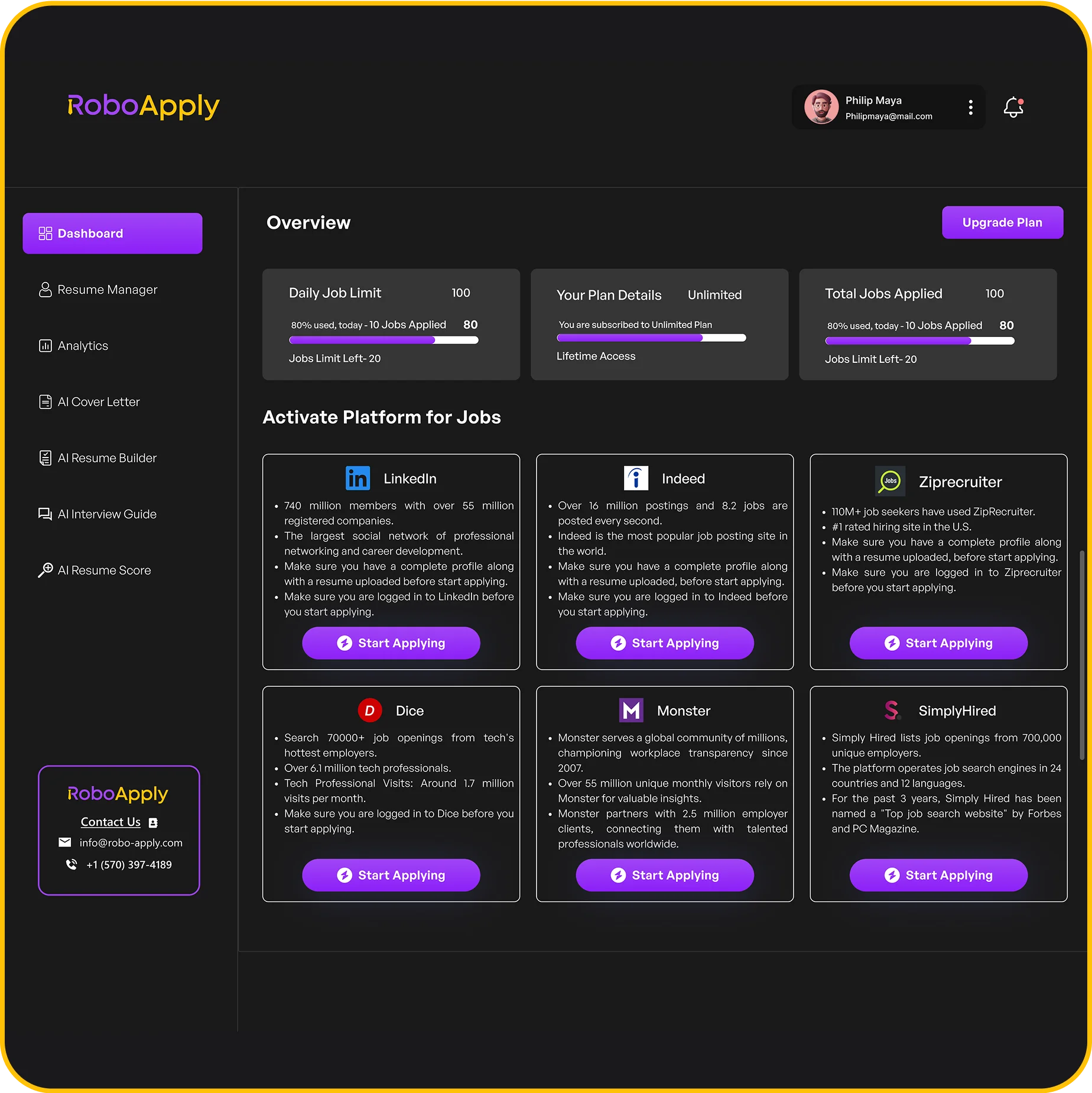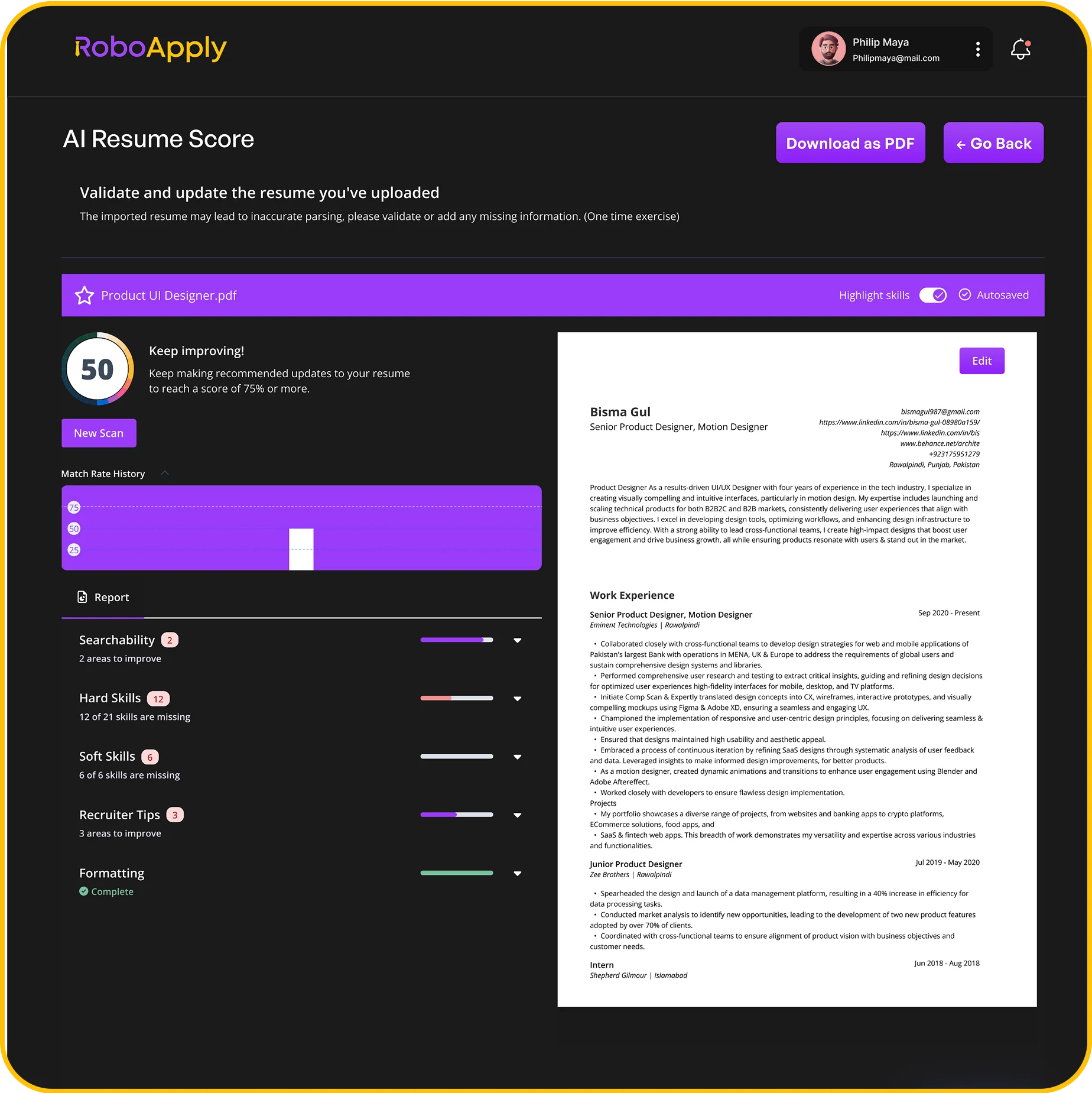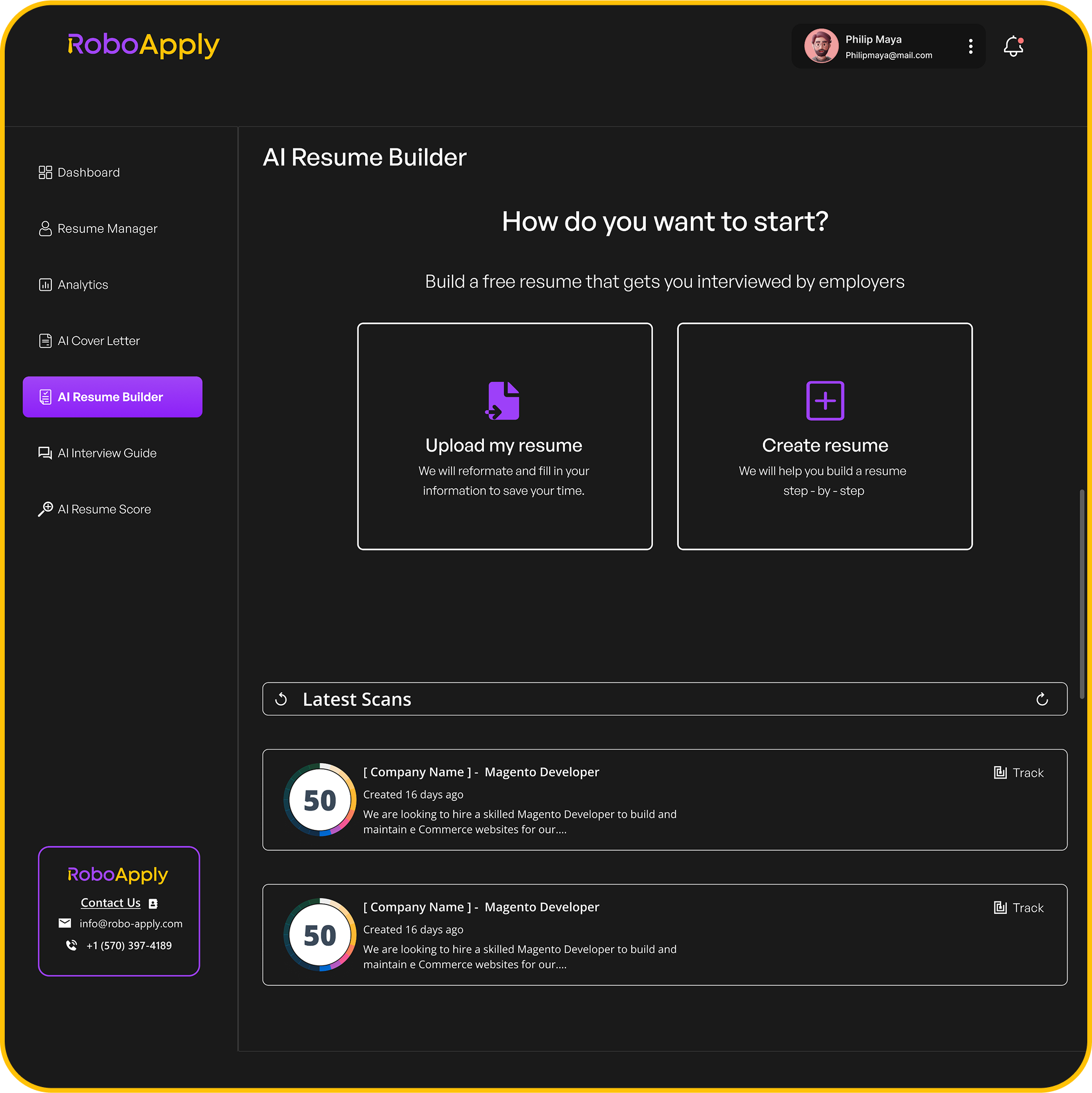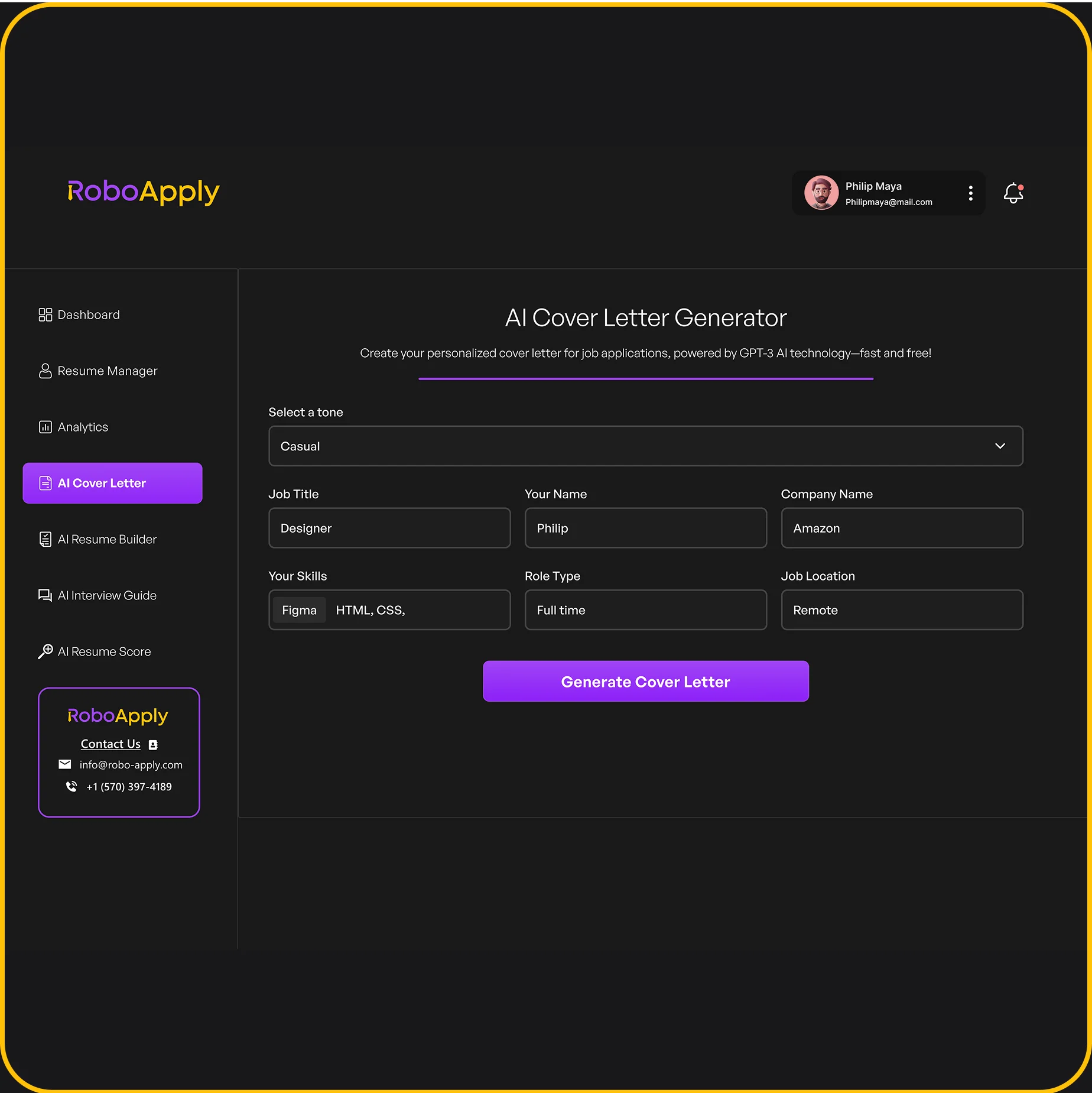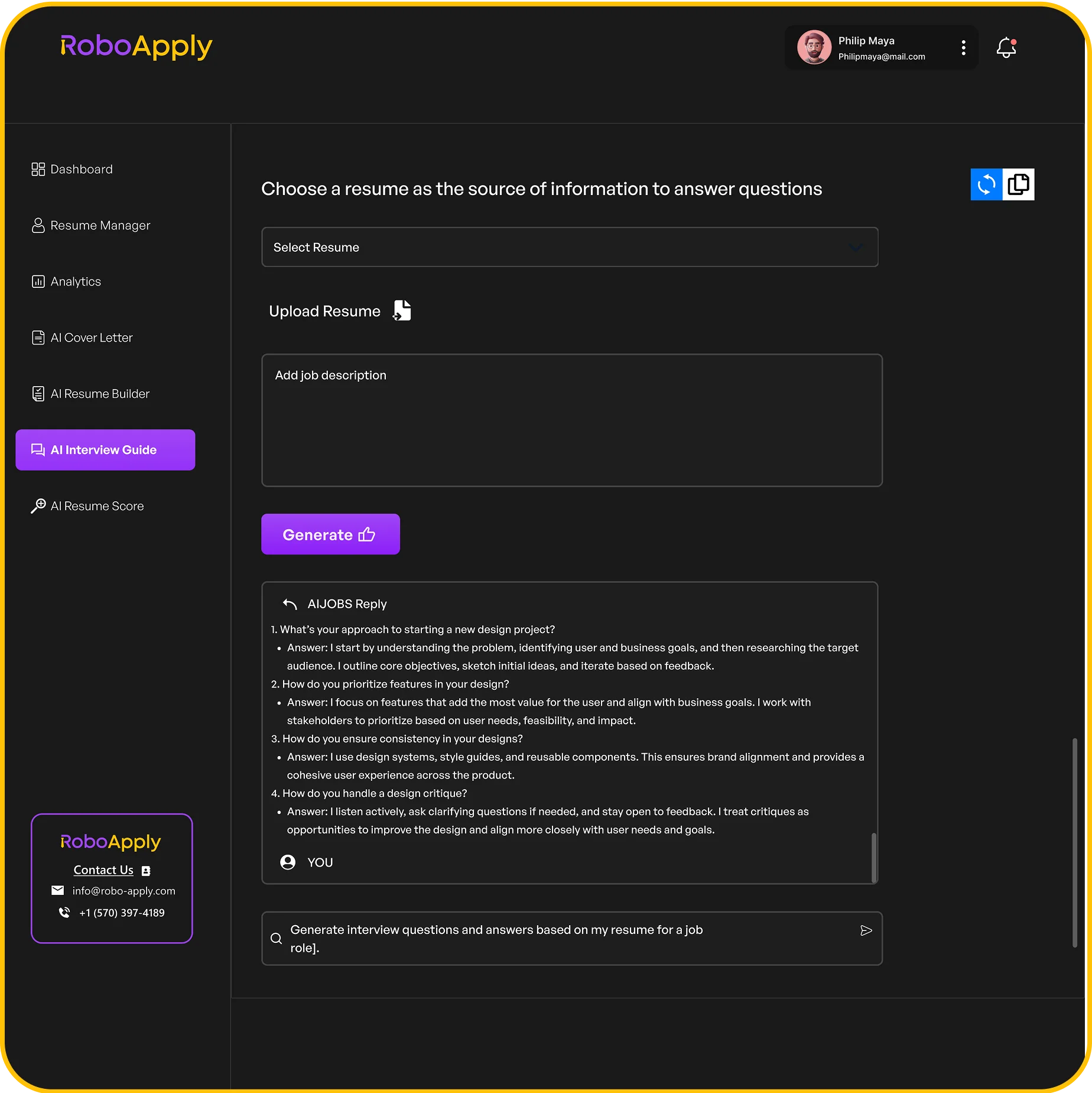Getting a job often means showing what you can do. When it comes to working with people, your resume needs to really show off your client relations skills. It’s not just about saying you’re good with clients; it’s about proving it with examples. This article will walk you through How to Emphasize Client Relations Skills on Your Resume, making sure your application stands out.
Key Takeaways
- Make sure your resume clearly shows how you’ve helped clients.
- Use action verbs to describe your client interactions.
- Quantify your achievements whenever you can to show impact.
- Tailor your resume to each job description, highlighting relevant skills.
- Include specific examples of problem-solving and communication with clients.
1. Communication
Communication is key in client relations. You can’t build trust or solve problems if you can’t communicate effectively. It’s not just about talking; it’s about making sure your message is understood and that you understand the client’s needs. This skill is about clarity, conciseness, and choosing the right method for the situation.
Think about it: a client who feels heard and understood is way more likely to stick around. And that’s what we’re aiming for, right? RoboApply can help you tailor your resume to highlight these skills, making sure your application speaks directly to what employers are looking for. For example, you can use RoboApply to identify the right keywords and phrases to use in your resume to showcase your communication skills.
Here are some ways to show off your communication skills on your resume:
- Quantify your impact: Instead of saying "Improved client communication," say "Improved client communication, resulting in a 15% increase in client retention."
- Use action verbs: Start your bullet points with strong action verbs like "Communicated," "Presented," "Negotiated," or "Collaborated."
- Provide specific examples: Don’t just list the skill; show how you used it. "Communicated project updates to clients via weekly video conferences, addressing concerns and ensuring project alignment."
Good communication isn’t just about talking; it’s about listening, understanding, and responding in a way that builds trust and strengthens relationships. It’s about being clear, concise, and choosing the right method for the situation.
To show off your communication skills, consider including examples like these:
| Skill | Example
2. Problem Solving
Problem solving is super important in client relations. You’re basically a detective, figuring out what’s wrong and how to fix it. It’s about finding solutions that make everyone happy.
Problem-solving isn’t just about fixing things when they break; it’s about anticipating potential issues and nipping them in the bud. It’s about being proactive, not reactive.
Here’s how to show off your problem-solving skills on your resume:
- Describe the Situation: Briefly explain the problem you faced. What was the challenge?
- Outline Your Actions: What steps did you take to address the problem? Be specific.
- Highlight the Results: What was the outcome of your actions? Did you save the company money? Improve client satisfaction? Use numbers to quantify your impact.
Problem-solving skills are not just about fixing issues; they’re about understanding the root cause and implementing solutions that prevent recurrence. This proactive approach demonstrates a commitment to continuous improvement and client satisfaction.
Let’s say you work in customer service. A client is furious because their order was delayed. Here’s how you could frame it on your resume:
- Problem: Client order delayed, resulting in dissatisfaction and potential loss of business.
- Action: Investigated the cause of the delay, communicated proactively with the client, offered a discount on their next order, and expedited the current shipment.
- Result: Retained the client, received positive feedback for quick resolution, and prevented order cancellations. This is a great example of problem-solving skills in action.
RoboApply can help you tailor these examples to match the specific requirements of the job you’re applying for. It’s all about making your resume speak directly to the needs of the employer.
3. Conflict Resolution
Conflict resolution is a big deal in client relations. It’s not just about smoothing things over; it’s about finding solutions that work for everyone involved. Think of it as turning a potential negative into a positive by showing you care about the client’s concerns and are willing to work with them. It’s a skill that shows you can handle tough situations and maintain relationships, even when things get heated.
Here’s how to show off your conflict resolution skills on your resume:
- Use Action Verbs: Instead of saying "handled conflicts," try "mediated disputes" or "resolved disagreements." These verbs are more active and show you took initiative. RoboApply can help you find the best action verbs to use.
- Quantify Your Success: If possible, include numbers. For example, "Reduced client complaints by 15% through proactive conflict resolution strategies." Numbers make your accomplishments more concrete. If you are a cocktail server resume, you can mention how many customer complaints you resolved.
- Highlight Specific Skills: Mention skills like negotiation, active listening, and empathy. These are all key to resolving conflicts effectively.
Conflict resolution isn’t just about avoiding arguments; it’s about finding common ground and building stronger relationships. It shows you’re not afraid to tackle tough issues head-on and find solutions that benefit everyone.
Here’s an example of how to phrase it in your work experience section:
Customer Service Representative, Example Corp (2020-2023)
Mediated an average of 5 client disputes per week, resulting in a 90% client retention rate.
Developed and implemented a new conflict resolution protocol that reduced escalations by 20%.
Trained new team members on effective communication and conflict resolution techniques.
Another example:
Account Manager, Another Co (2023-Present)
Successfully resolved a major contract dispute with a key client, preserving a $500,000 annual account.
Proactively identified and addressed potential conflicts before they escalated, maintaining positive client relationships.
Collaborated with internal teams to develop solutions that met both client needs and company objectives.
When describing your ability to work under pressure, you can mention how you stay calm and focused during conflicts, which is a valuable skill in any fast-paced environment. When answering the question of how do you handle stress, you can mention how you use conflict resolution skills to reduce stress and maintain productivity.
4. Active Listening
Active listening is more than just hearing words; it’s about understanding the speaker’s message, both verbal and nonverbal. It’s a skill that shows you value what the other person is saying. It’s about being fully present and engaged in the conversation.
Here’s how to emphasize active listening on your resume:
- Use action verbs: Instead of saying "Listened to customers," try "Actively listened to customer concerns to identify and resolve issues." This shows you’re not just hearing, but actively engaging.
- Quantify your impact: "Reduced customer complaints by 15% through improved active listening techniques." Numbers always catch the eye.
- Provide specific examples: In your work history, describe situations where active listening led to a positive outcome. For example, "Successfully mediated a dispute between team members by actively listening to both sides and facilitating a collaborative solution."
Active listening isn’t just about hearing the words someone says. It’s about understanding the emotions and intent behind those words. It’s about making the other person feel heard and valued, which can lead to stronger relationships and better outcomes.
Think about how you can show, not just tell, that you’re a great listener. For example, you can use SQL proficiency to show your ability to understand and respond to data-driven insights. Customer service roles are evolving, and active listening is a key skill. Mastering active listening involves being fully present, using positive body language, and avoiding interruptions. RoboApply can help you tailor your resume to highlight these skills effectively.
5. Empathy
Empathy is about understanding and sharing the feelings of another person. It’s not just about saying you understand; it’s about showing it. Demonstrating empathy on your resume can make you stand out as someone who values and understands client needs. It shows you’re not just focused on the bottom line, but also on building real relationships.
Think about it: clients want to feel heard and understood. If you can show that you have empathy, you’re already ahead of the game. RoboApply can help you tailor your resume to highlight these skills, making sure your application resonates with potential employers.
Here’s how to show empathy in your resume:
- Use action verbs that show understanding: Instead of saying "dealt with customer complaints," try "resolved customer concerns with understanding and patience." This small change makes a big difference.
- Highlight situations where you went above and beyond: Did you ever help a client who was particularly upset? Describe the situation and how you showed empathy to resolve it. For example, "Assisted a distressed client by actively listening to their concerns and offering a personalized solution, resulting in increased customer satisfaction."
- Quantify your impact: If possible, show how your empathy led to positive results. For example, "Improved customer retention by 15% by implementing a more empathetic approach to customer service." Numbers always catch the eye.
Showing empathy isn’t just about being nice; it’s about being effective. When clients feel understood, they’re more likely to trust you and your company. This can lead to increased loyalty and positive word-of-mouth.
Consider these points when crafting your resume to really showcase your ability to connect with clients on a human level. Think about how you can use empathy statements to show you understand their feelings. Also, remember that demonstrating empathy in customer service can significantly improve client relationships. Highlighting these skills, along with other core competencies, will make you a more attractive candidate.
6. Teamwork
Teamwork is super important, especially when you’re trying to show off your client relations skills. It’s not just about saying you’re a team player; it’s about showing how you actively contribute to a team’s success. Employers want to see that you can collaborate effectively, support your colleagues, and achieve common goals.
Here’s how to highlight your teamwork skills:
- Project Examples: Describe projects where you worked in a team. Instead of just listing your responsibilities, explain how your contributions helped the team achieve its objectives. For example, "Collaborated with a cross-functional team to launch a new product, resulting in a 15% increase in sales within the first quarter." RoboApply can help you tailor these examples to match the job description.
- Quantifiable Results: Whenever possible, quantify your contributions. Did you help reduce project completion time? Did you improve team efficiency? Use numbers to demonstrate your impact. "Improved team efficiency by 20% through the implementation of agile project management methodologies."
- Highlight Your Role: Be specific about your role within the team. Were you a leader, a facilitator, or a contributor? Explain how you used your skills to support the team’s goals. "As a team lead, I facilitated daily stand-up meetings, ensuring clear communication and efficient task management."
Teamwork isn’t just about working together; it’s about understanding how your individual skills contribute to the overall success of the group. Showcasing this understanding can significantly boost your resume.
- Use Action Verbs: Start your bullet points with strong action verbs that highlight your teamwork skills. Words like "collaborated," "supported," "assisted," and "coordinated" can make your resume more impactful. For example, "Coordinated with marketing and sales teams to develop a comprehensive client engagement strategy."
- Showcase Communication Skills: Effective teamwork relies on strong communication. Highlight instances where you used your communication skills to facilitate collaboration and resolve conflicts. "Facilitated clear and open communication between team members, resolving conflicts and ensuring project alignment."
- Mention Team Achievements: Don’t just focus on your individual contributions; highlight the achievements of the team as a whole. This shows that you value teamwork and are committed to the success of the group. "Contributed to a team that received the ‘Project of the Year’ award for outstanding performance and innovation."
Remember, teamwork is a skill that employers highly value. By effectively showcasing your teamwork abilities on your resume, you can significantly increase your chances of landing an interview. Make sure to tailor your resume to each job application, highlighting the teamwork skills that are most relevant to the position. RoboApply can assist in identifying these key skills and incorporating them into your resume. To effectively showcase teamwork skills on a resume, provide concrete examples of your contributions and achievements in collaborative settings.
7. Feedback
Feedback is super important in client relations. It’s not just about receiving it, but also about giving it effectively. It’s a two-way street that helps build trust and improve relationships. You can use RoboApply to streamline your job application process.
Here’s how to show you’re good at feedback:
- Highlight instances where you actively sought feedback from clients. This shows you’re proactive and care about their opinions. For example, "Solicited feedback from key clients on new product features, resulting in a 15% increase in user satisfaction."
- Show how you’ve used feedback to improve a process or service. This demonstrates that you’re not just listening, but also acting on what you hear. "Implemented client suggestions to streamline the onboarding process, reducing support tickets by 20%."
- Mention any training or experience you have in giving constructive feedback. This could include workshops, courses, or even just experience in mentoring or coaching others. "Provided constructive feedback to team members on client communication strategies, improving overall client engagement scores."
Giving and receiving feedback is a skill that requires practice and self-awareness. It’s about creating a safe space for open communication and using feedback to drive positive change.
Think about how you can show you understand customer service qualities in your resume.
Here’s an example of how to incorporate feedback into your resume:
Example:
- Project Manager, ABC Company (2020-2023)
- Actively solicited and incorporated client feedback into project plans, resulting in a 95% client satisfaction rate.
- Conducted post-project reviews with clients to identify areas for improvement and implement changes for future projects.
- Provided regular feedback to team members on their performance, fostering a culture of continuous improvement.
Remember to tailor your resume to each job you apply for. Use resume examples to help you get started.
We’re always trying to make things better! If you have ideas or thoughts about this article, we’d love to hear them. Your feedback helps us improve. Head over to our website to share your thoughts and help us make RoboApply even better for everyone.
Wrapping Things Up
So, there you have it. Showing off your client relations abilities on your resume isn’t just about listing a bunch of tasks. It’s about painting a picture for whoever is reading it. You want them to see how you’ve actually helped people, solved problems, and made things better for clients. Think about those times you went the extra mile or smoothed over a tricky situation. Those are the stories you want to tell. When you put your resume together, remember to focus on the real impact you’ve had. That’s what makes you stand out.
Frequently Asked Questions
Why is it a big deal to show client relation skills on my resume?
It’s super important! Companies want to hire people who can get along with customers and make them happy. Showing you’re good at this means you can help the business grow and keep clients coming back.
How can I make my experiences sound good on my resume?
You can talk about times you helped a customer solve a problem, listened carefully to what they needed, or worked with a team to make a client happy. Use strong action words like “managed,” “resolved,” or “assisted.”
What if I don’t have much work experience with clients?
Even if you haven’t had a job helping clients directly, you might have done things in school, volunteering, or even in clubs that show these skills. Think about any time you worked with people to reach a goal or solve an issue.
Should I include examples of how I handled unhappy customers?
Yes! It shows you can handle tough situations and turn a bad experience into a good one for the customer. This is a very valuable skill.
Can I just list these skills in a ‘Skills’ section?
Yes, it’s a great idea! If you have a special section for skills, you can list things like “active listening,” “problem-solving,” and “customer support.” Just make sure you also show how you used these skills in your job descriptions.
Is it okay to just say I have good client relation skills?
It’s best to use real examples from your past jobs or experiences. Don’t just say you’re a good communicator; show how you communicated effectively to help a client.
Should I change my resume for different jobs?
Yes, tailoring your resume means changing it a bit for each job you apply for. Look at the job description and see what client skills they mention, then highlight those same skills in your resume.
How can RoboApply help me with my resume?
RoboApply can help you find the right words and phrases to describe your experiences in a way that stands out to hiring managers. It can also help you make sure your resume looks professional and easy to read.











